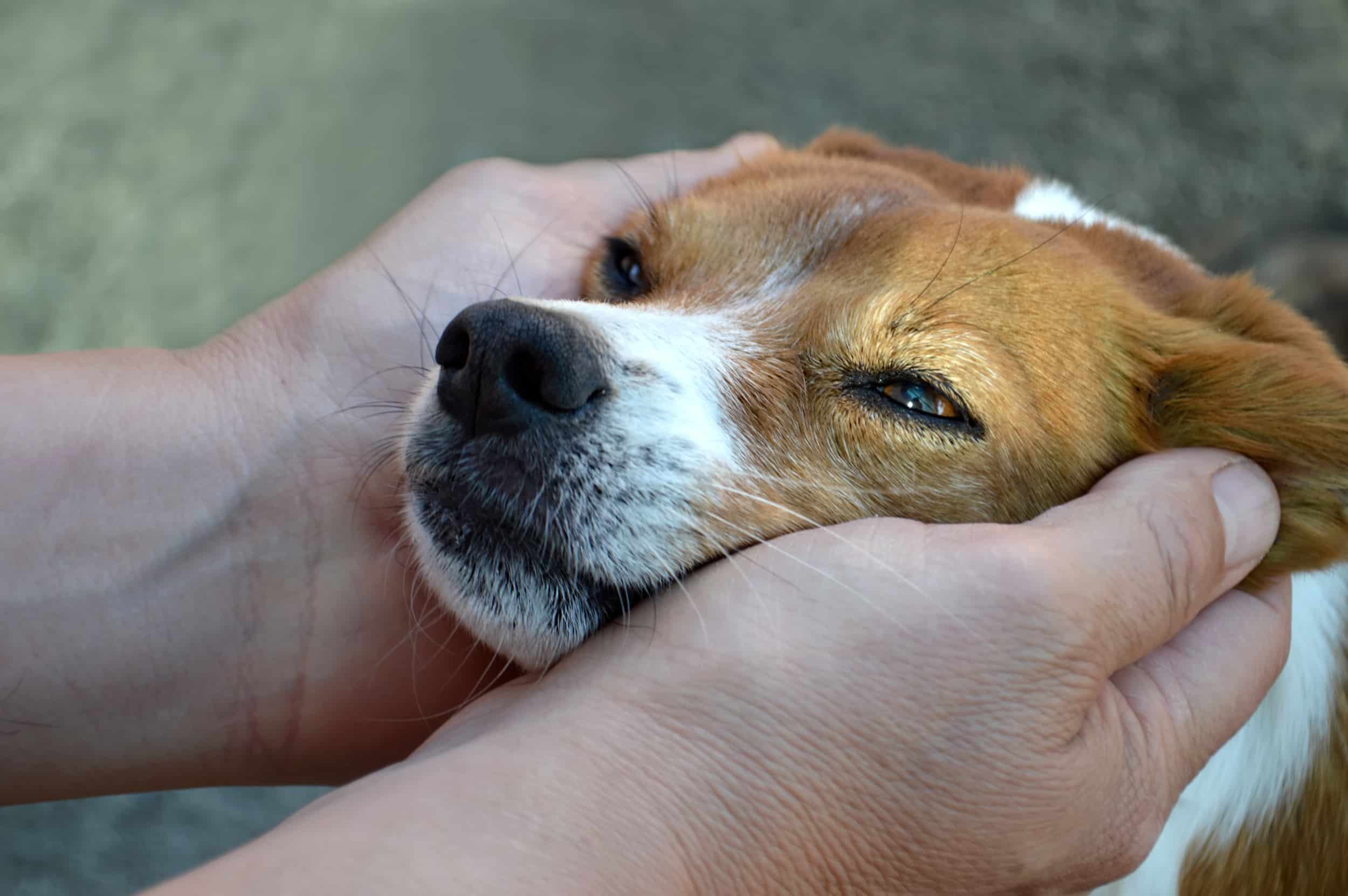Some dogs are forced to bear the horrid conditions of malicious puppy mills, some are forced to suffer on the cold streets with empty stomachs, and others must endure living in a home where they are abused simply because their owners see it fit. All of these mistreated and malnourished animals are in need of a safe haven, a loving home where they can focus on thriving rather than surviving.
The Atlanta Humane Society is a non-profit organization whose core mission is to provide these neglected animals with those loving homes through its commitment to service. The AHS has been Atlanta’s primary animal charity for more than 140 years, and serves about 30,000 animals each year, placing approximately 9,000 dogs and cats into forever homes — and they are able to accomplish such large rescue missions through the help and support of volunteers. One volunteer-driven process known as fostering allows the shelter to intake more animals without overcrowding, care for animals that are too young or too sickly/injured to adopt yet, and prepare these animals for permanent placement into a home where they’ll be loved and cared for unconditionally.
Kelly Teasely, AHS’s foster coordinator, took the time to tell Georgia Voice readers about the process of fostering and its significance to the Humane Society’s mission. In order to prevent shelter overcrowding, it’s essential for the shelter to be able to maximize space by only in-housing the animals who are already ready for adoption.
“If we had to keep every animal in shelter that was sick or having behavior issues or was just too young for adoption, we wouldn’t be able to help as many animals, as they would be taking up space that an adoptable animal could be in,” she says. “And depending on what’s going on, it could be weeks to months for them to become adoptable.”
Animals that are still nursing, under eight weeks of age, and/or are sick/injured are not yet adoptable, but with fostering, they’re put into a home where foster parents can give them the care that they need to recover. And upon recovery comes adoption into a permanent, loving home.
While this process can be new and a bit scary for the foster parents, the AHS will be there every step of the way to support the foster parents. Kelly describes the main thing that a potential foster parent must have in order to participate in the program.
“You just need to have the space and time for an animal. Some require more time and space than others. You just need to be able to open your home to them and have them be with you until they are ready for adoption.”
The average fostering period is only two weeks, but this can vary depending on the time it takes for the animal to heal. During this time, the AHS provides training for the foster parents as well as medical care for the foster pet.
Kelly states, “We have orientations that teach new foster parents what they’ll need to know to get started. They will take the animal into their home [but] we take care of all vetting at the shelter, and provide [their] food and basic supplies.” Therefore, the main things the foster parent has to bring to the table are a loving heart and welcoming arms. And at the end of the fostering period, Kelly assures any foster parents who’ve fallen in love with their “temporary” fur-baby are welcome to do adopt the animal themselves!
In a world full of animal cruelty, the Atlanta Humane Society and its fostering program encourages you to be a beacon of hope for these animals, and to provide them with space and time to heal both physically and mentally from maltreatment.
“We have 100–300 animals in foster each month — that’s a whole shelter’s worth of animals we’re able to save!” Kelly says emphatically.
If this sounds like a program you or someone you know may be interested in, you are encouraged to contact Kelly by email: KTeasley@AtlantaHumane.org. Here, she can answer any questions you have about the program, give you a list of orientation dates, and set up a home check.

Man cuddling his dog
